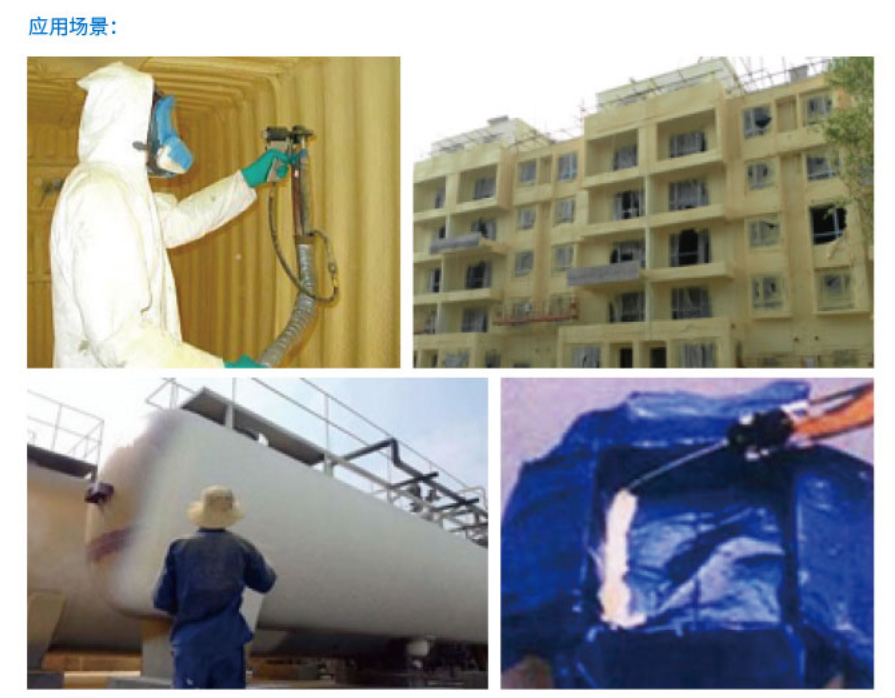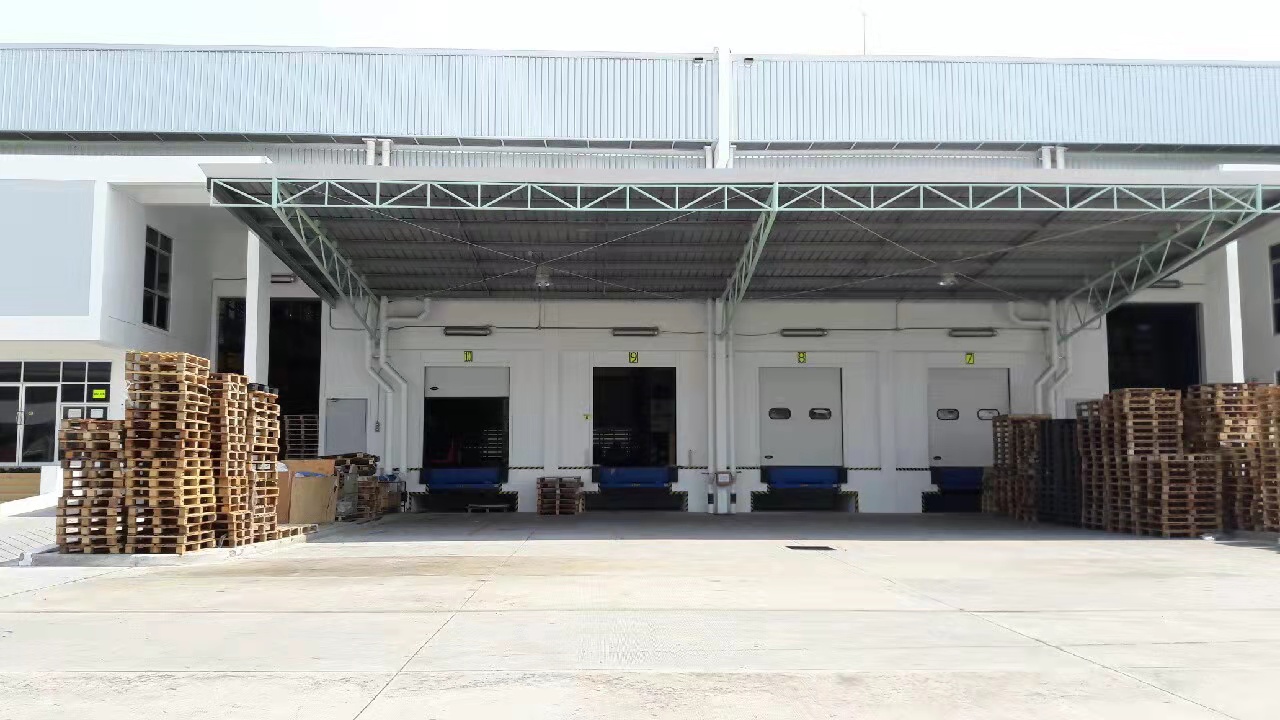1. What is spray rigid foam polyurethane?
Spray rigid foam polyurethane is made of isocyanate (MDI, commonly known as black material) and polyol (commonly known as white material) mixed with foaming agents, catalysts, modifiers, flame retardants, anti-aging agents and other additives. It is a new type of waterproof and thermal insulation material made of polymers formed by uniform mixing according to specific proportions with specialized equipment, high-pressure spraying, and on-site fluorine-free foaming. It has a continuous dense surface layer and a high-strength honeycomb structure with interconnected walls with a closed cell rate of more than 95%. It is a new energy-saving material that integrates multiple functions such as waterproofing, thermal insulation, heat insulation, air isolation, and anti-corrosion. Rigid foam polyurethane has been used in developed countries in Europe and the United States for more than 30 years, and its application is quite popular.

2. Why choose spray rigid foam polyurethane as the insulation material for the cold storage enclosure structure?
a. Low thermal conductivity, thin thickness, saving space
b. Seamless joint, no cold leakage, low cost of use
c. Easy to maintain. The low-temperature material formula can be repaired and constructed while the cold storage is in operation, without affecting normal use and avoiding energy consumption when opening and closing the cold storage
d. Anti-enzyme, moisture-proof

3. What is the service life of spray rigid foam polyurethane?
The excellent chemical compatibility, dimensional stability, high closed cell rate, and low water absorption of polyurethane spray rigid foam determine its long service life.
Rigid foam polyurethane is a plastic foam with a stable structure and high closed cell ratio produced by the mixing reaction of polyol and isocyanate. Rigid polyurethane foam has stable properties, is compatible with most chemical materials, and is resistant to chemical corrosion.
Rigid polyurethane foam has good dimensional stability and can be used at temperatures from -200°C (liquefied natural gas storage tanks and pipelines) to 130°C (high-pressure steam thermal pipelines) for a long time, with dimensional changes of less than 1%.
Rigid foam polyurethane has high compressive strength and is not prone to problems such as perforation and thinning of the polyurethane insulation layer caused by external force damage.
The thermal conductivity of polyurethane itself is stable. As the use time increases, the thermal conductivity value changes very little and is stable at around 0.024 W/(m·K). The thermal insulation performance of the system is not significantly affected.
4. How to choose high-quality spray rigid foam polyurethane? Comprehensive measurement from raw materials and finished products. The quality of black materials and white materials directly determines the quality of finished products, while technology and production strength determine whether manufacturers can provide high-quality and reliable raw material products. Well-known companies will not use recycled materials as raw materials to produce white materials to ensure the quality of finished products. At the same time, manufacturers with advanced technology and strong R&D capabilities can develop and produce spray-coated rigid foam polyurethane with low thermal conductivity and low closed cell ratio. All performance indicators of the finished product meet or exceed the national specification requirements.
5. Why are some spray rigid foam polyurethane prices so low on the market? There are two situations for low-priced spray rigid foam polyurethane: one situation is that the black material MDI is mixed with TDI by-products. TDI and MDI isocyanate series products, TDI is mostly used to make soft foam polyurethane. When producing TDI, a residue-like by-product is produced. If this by-product is not used, it needs to be incinerated and destroyed, so the price is extremely low. Mixing this by-product into black material MDI can greatly reduce the cost of raw materials, but the color of the finished product after spraying rigid foam polyurethane becomes dark yellow, the foam becomes crispy, the thermal conductivity coefficient increases significantly, and it is easy to absorb moisture.
Another situation is the extensive use of recycled materials in white materials. Either recycle expired white materials for reprocessing, or use recycled materials as raw materials to produce white materials. The use of recycled materials will cause the density of the finished rigid polyurethane foam to increase, the closed cell rate to decrease, the thermal conductivity to increase, and the dimensional stability to deteriorate.
6. Why do some cold storages leak cold after being used for a period of time, and the electricity bill of the refrigeration machine increases?
Two factors need to be considered for cold storage cooling, namely heat exchange and moisture exchange. If the spray rigid foam polyurethane used has poor dimensional stability and the construction process is incorrect, it will cause the cold storage cooling investment to be used.The sprayed hard foam polyurethane cracked after use, forming cold bridges and leaking cold. If the closed cell ratio of sprayed rigid foam polyurethane is too low, the foam openings will absorb moisture. After the foam absorbs moisture, the thermal conductivity will increase rapidly and the cold insulation effect will be greatly reduced.

7. How much electricity can be saved by using high-quality spray rigid foam polyurethane in cold storage?
Taking South China as an example, assuming that the annual average outdoor temperature is 22°C and the cold storage temperature is -30°C, the energy consumption ratio of refrigeration equipment is 2. A 5,000-square-meter cold storage uses spray rigid foam polyurethane with a thermal conductivity of 0.022W/(m*K) to save approximately 66,900 kilowatt-hours of electricity per year, saving 35% of electricity consumption compared to using spray rigid foam polyurethane with a thermal conductivity of 0.034W/(m*K). quantity. The reduction in electricity consumption has positive significance for saving electricity bills and reducing the risk of power rationing during peak electricity consumption periods.